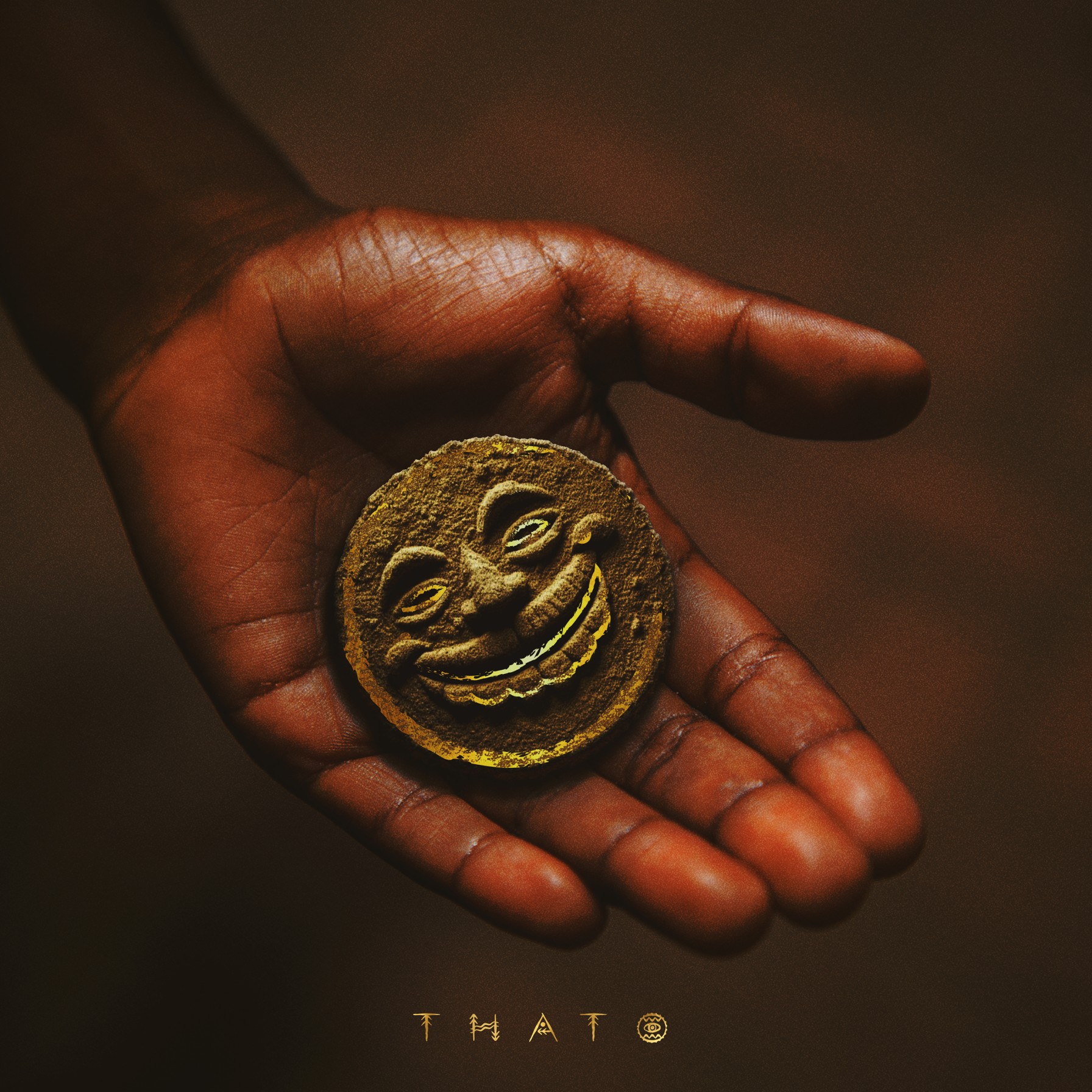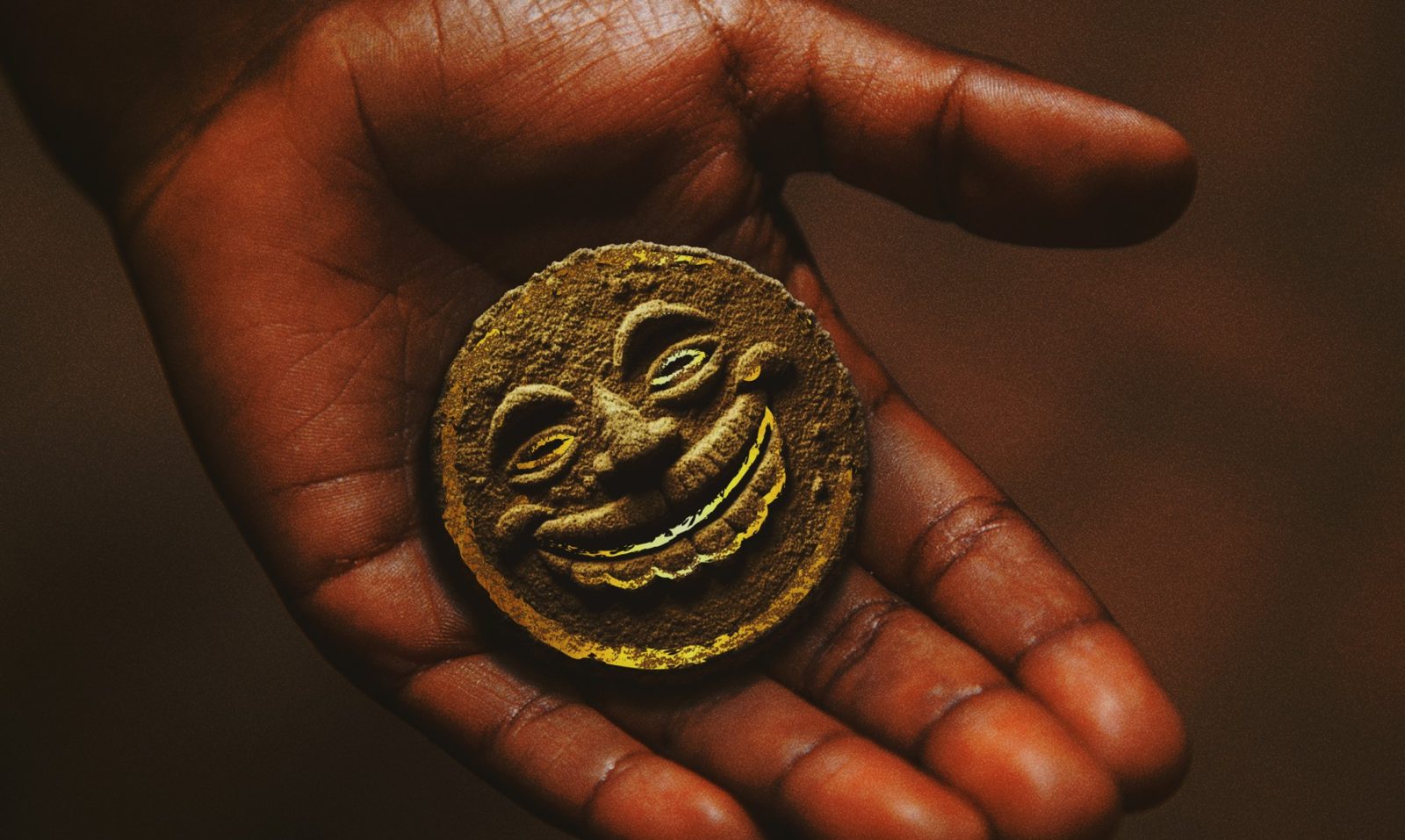Thato Ya Modimo reads like a portfolio project, a sprawling exhibition of everything Kelvin Momo currently is as an artiste.
By Yinoluwa Olowofoyeku
Born Thato Kelvin Ledwaba in Diepkloof, Soweto, Kelvin Momo has emerged as a seminal figure in South Africa’s Amapiano movement, particularly known for pioneering the “private school Amapiano” sub-genre, a refined blend of Jazz, Deep House, and Lounge influences.
His journey began in his teenage years, producing beats and gradually carving out a niche characterised by emotive, soulful compositions. Kelvin Momo’s 2020 debut album, Momo’s Private School, released under Kabza De Small’s Piano Hub label, solidified his reputation, showcasing his ability to infuse Amapiano with a polished, introspective sheen. The project was met with widespread acclaim for its lush arrangements and laid-back sophistication, placing him in a class of his own.
He followed this with 2021’s Ivy League, a 21-track offering that cemented his status as a genre-shaper, further developing his signature aesthetic through slow-burning grooves, Jazz-inflected chords, and minimalistic yet expressive instrumentation. But it was the 2022’s Amukelani that arguably marked the apex of his growing popularity, earning year-end list placements, critical praise, and a nod from tastemakers across the continent and abroad.
The album was praised for its deep emotional resonance and spiritual overtones, firmly establishing Momo as one of the genre’s most respected purists. Throughout this rise, he’s also collaborated with prominent artistes like Semi Tee, Loxion Deep, Vigro Deep, and Mr JazziQ, and shared a creative partnership (both musically and personally) with vocalist Babalwa M.
Influenced by Jazz greats like George Benson and South African House legends such as Black Coffee and DJ Christos, Kelvin Momo has always approached production with a deep sense of musicality. His compositions often draw from Gospel, Soul, and R&B, which he blends seamlessly with Amapiano’s rhythmic foundations. This has made him a favourite among listeners who are drawn to Amapiano’s more contemplative and emotionally textured possibilities.
That brings us to his latest project, Thato Ya Modimo, a title that translates to “God’s Will” in Setswana. This album represents a return to his roots and a reaffirmation of his musical identity.
As Kelvin Momo explained, the project is a reflection of destiny, heritage, and a higher purpose, aiming to bring back the essence of his original sound that made his name synonymous with soulful, emotive Amapiano. With Thato Ya Modimo, Kelvin Momo not only pays tribute to his spiritual and cultural foundations but also reconnects with the identity that shaped his unique sound.
With 29 tracks sprawling over more than three hours, Momo resists the urgency of the streaming era, instead inviting patient listeners to sink deep into the meditative pulse of his self-styled “private school Amapiano”. Across the project, the South African producer reinforces his reputation as a master of musical restraint and Jazzy fluidity while experimenting with texture, arrangement, and collaboration in ways that both consolidate and challenge his growing catalogue.

Thato Ya Modimo can be understood as consisting of a few distinct classes of songs, each group united by sonic or stylistic character. The first cluster features Kelvin Momo’s most soulful and Jazz-informed sensibilities.
It begins with the atmospheric opener, “Buya” featuring Yallunder, which eases listeners in with background sounds of playing children and a spoken intro and outro. The song itself is rich with expressive lyrical piano, warm pads, smooth soulful vocals, and a sparse percussive texture held together by rattling shakers.
“Emakhaya” follows with smooth chords, a lively bouncing bass guitar, and simple House drums that include thumping kicks and claps. Sparse log drums add melodic punctuation, and emotive singing in the breakdowns gives the track room to breathe. “Soweto Grooves 3.0” is a purely instrumental effort with a live Jazz band feel, featuring Jazzy electric guitars, doubled basslines, and a naturally progressing arrangement.
“Bring Me Back to Life” with Omit ST and Jinger Stone veers toward Disco influences, with bongo drums, funky basslines, prominent claps, and bright piano chords. “That Thing” thrives on expressive piano passages and chopped, heavily processed vocal samples, alongside rich pads, snare rolls, and log drums.
“Amagama” featuring Mr Maker stands out with its askew drum pattern that injects variation into the tracklist, pairing simple piano chords and a smooth bass guitar with sung passages that provide a pleasing counterpoint. “Clap & Tap”, though noticeably quieter in mastering than the surrounding tracks, is a strong instrumental driven by Jazzy piano solos and engaging vocal chops.
“Emotions” becomes a highlight with sharp cowbells, Latin-inspired percussion, Bossa-style e-piano chords, a captivating synthetic bassline, and dynamic brass and mallet arrangements that evolve over time.
A second cluster shifts toward a more House-driven direction. “Imvula” delivers classic House drums, subtle shakers, soft piano chords, and a thumping bassline, with Sir Trill and Ciniso offering contrasting vocal textures and light log drums climaxing the track. “Take Me to the River” with Jinger Stone leans more instrumental, while “Flight Mode” introduces energetic snare rolls, pluck synths, and strong vocal passages.
“Emhlabeni” incorporates more percussive elements and a noticeably progressive build that supports a sweet, spacious vocal performance. “Empini” includes synthetic brass buried in the mix and simple drums, but Thatohatsi’s vocal effort falls short compared to earlier performances. “Modimo”, however, shines, starting with a long instrumental buildup before bursting into a melodic vocal showcase, elevated by Murumba Pitch’s buttery tones.
“Bubbles” is another vibrant moment, its energetic drums, Jazz-influenced vocals and scatting, and nostalgic ambient sounds of children’s laughter pushing it forward. Expressive snares, improvisational mallet solos, and layered textures make it a delight. “Ngtjele”, also with Murumba Pitch, provides a spacious canvas of pads, synth stabs, and a straightforward rim-and-kick pattern with prominent open hats.
“Khuluma Nam” featuring GL_Ceejay, despite a gentle tenor vocal and simple instrumental setup, feels underwhelming when compared to more robust efforts. “Awake” that follows brings more energy with a pulsing bassline, sharp synth arpeggios, and vocal samples. “Peak Hour”, an instrumental cut featuring Maremo Violin, enriches the experience with violin melodies, House bass synths, ululations, mallet solos, and snappy snares.
“Thandolwam” featuring Nontokozo Mkhize stands tall on her powerful vocal performance, while “Izintho” is saved from its otherwise bog-standard composition by impressive singing. “Jaiva” introduces a unique unresolved two-chord progression that maintains tension across rattling drums and bouncing bass synths, closing with downpitched vocals.

Momo also returns to traditional Amapiano stylings with tracks like “Ethongweni” featuring Kabza De Small and Cnethemba Gonelo. Here, the House basslines give way to organic e-piano chords, guitar licks, shakers, and signature log drums. The airy, gentle vocal performance adds to the track’s breathing room.
“Mkhuzeni” with Da Muziqal Chef and Babalwa M features spiritual vocals paired with strong log drum presence and melodic mallets. “Sheba” stands out for its Gospel-inspired organ solo, improvisational mallets, and steel drums, all layered over a bouncy chord and bass progression.
In a final group of sonic outliers, “Ndonwabile” emerges with its percussion-heavy drum arrangement, filtered low-end, and distinctive falsetto vocals floating above gated instrumental textures and off-kilter rhythms, delivering a unique, danceable bounce.
“Uvalo” features an energetic percussion pattern with fun snares, effected claps, and a bright flute line that complements the Jazzy e-piano chords and understated male vocals. “Kgosi Kadi Kgosi” featuring Daliwonga, MaWhoo, and Jinger Stone introduces a Folk-like flavour through traditional percussive syncopation, mallets, square bass synths, lyrical piano segments, and staccato singing.
Thato Ya Modimo closes on “Hello”, returning to House-rooted sonics with synth stabs, rolling sub-bass, standard drums, and airy vocals. Though it maintains the album’s overall tone, it doesn’t feel like a strong final statement, especially considering the standout cuts that came before.
At this stage in his career, Kelvin Momo’s stylistic identity is not only firmly established but deeply entrenched, and Thato Ya Modimo finds him less concerned with redefining his sound and more focused on refining it and expressing himself with precision as he pushes toward mastery.
His now-signature fusion of Jazz, House, and Amapiano continues to yield a potent sonic cocktail that, despite its longevity, remains impressively listenable. The album’s three-hour runtime and the apparent sonic similarity of its 29 tracks can make for a slightly numbing experience in a single sitting, but there is enough quality, craftsmanship, and musicality coursing through the project to keep a dedicated listener engaged.
As is customary in the genre, collaboration plays a critical role in expanding the album’s emotional and sonic range. The vast lineup of featured vocalists and producers injects fresh flavours into Kelvin Momo’s established framework. Contributions from the likes of Murumba Pitch on “Modimo” and “Ngtjele”, Yallunder on “Buya”, and Nontokozo Mkhize on “Thandolwam” bring emotional heft and personality to the music, allowing it to breathe and blossom in unique directions.
Meanwhile, the presence of other producers across the tracklist ensures that even within a consistent sound palette, there is enough variation in arrangement, tone, and feel to keep the experience dynamic.
Though a project of this scale is bound to carry a few missteps—flat vocal mixes on certain tracks, a handful of underwhelming performances, and the occasional engineering hiccup, like on “Clap & Tap”—such moments are surprisingly rare and fleeting across the runtime and that is a testament to the talent involved.
The vocal performances across Thato Ya Modimo form another cornerstone of its success. The project is awash with spiritual, emotive, and soul-stirring singing that elevates many of the already lush instrumental arrangements.

In the most vocal-forward tracks, such as “Emakhaya”, “Sheba”, and “Empini”, the singers breathe life into the compositions, transforming them into living, pulsing things that evolve. The seamless interplay between expressive piano lines, smoky pads, jazzy bass guitars, and inspired vocal melodies lends many of the songs a hypnotic quality, one that makes even the average seven-minute runtimes feel fluid and intuitive rather than laborious.
The progression embedded into the tracks is another key element of their success, as these tracks do not merely play; they unfold, ebbing and flowing with grace, gradually building emotional and musical tension before offering satisfying releases.
Taken as a whole, Thato Ya Modimo reads like a portfolio project, a sprawling exhibition of everything Kelvin Momo currently is as an artiste. It captures the diverse textures, moods, and interpretations of his creative voice and does so with a level of assurance that befits his status as the pioneer and spiritual patriarch of this refined niche within the Amapiano sound.
Thato Ya Modimo is not just a collection of songs but a full-bodied presentation of his musical universe—a statement of continuity, growth, and quiet innovation from an artiste still deepening his legacy.
Lyricism – 1.3
Tracklisting – 1.5
Sound Engineering – 1.5
Vocalisation – 1.6
Listening Experience – 1.3
Rating – 7.2/10
Yinoluwa “Yinoluu” Olowofoyeku is a multi-disciplinary artist and creative who finds expression in various media. His music can be found across all platforms and he welcomes interaction on his social media @Yinoluu.




